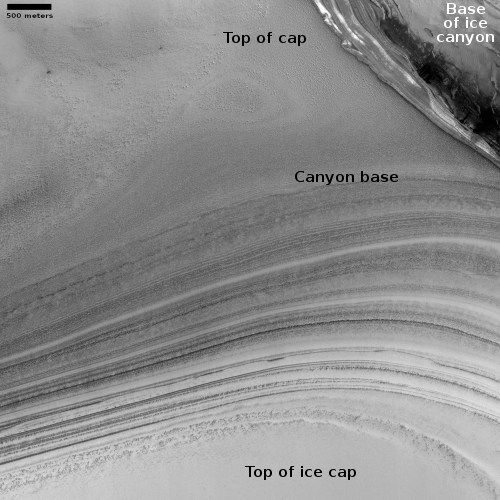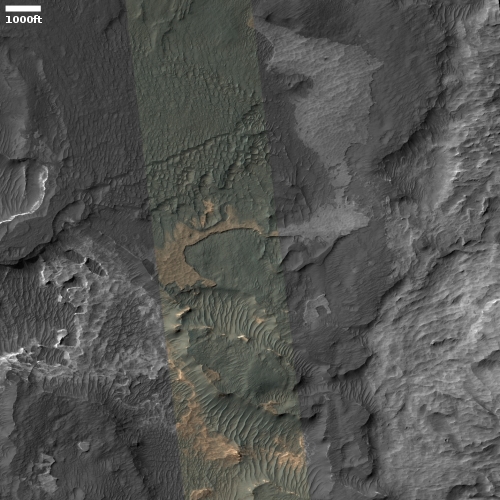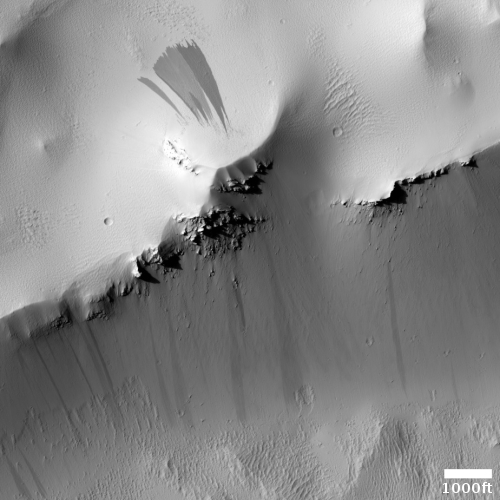Webb: Sun shield deployment completed
Engineers today successfully completed the full deployment of the sun shield of the James Webb Space Telescope.
The unfolding and tensioning of the sunshield involved 139 of Webb’s 178 release mechanisms, 70 hinge assemblies, eight deployment motors, roughly 400 pulleys, and 90 individual cables totaling roughly one quarter of a mile in length. The team also paused deployment operations for a day to work on optimizing Webb’s power systems and tensioning motors, to ensure Webb was in prime condition before beginning the major work of sunshield tensioning.
The process took eight days, and was by far the most complex such remote deployment ever attempted by an unmanned spacecraft. The shield is now in place to shade Webb from sunlight and heat and thus allow it to observe very faint infrared objects billions of light years away.
Next comes the deployment of Webb’s secondary mirror, followed by the unfolding of its main mirror.
Engineers today successfully completed the full deployment of the sun shield of the James Webb Space Telescope.
The unfolding and tensioning of the sunshield involved 139 of Webb’s 178 release mechanisms, 70 hinge assemblies, eight deployment motors, roughly 400 pulleys, and 90 individual cables totaling roughly one quarter of a mile in length. The team also paused deployment operations for a day to work on optimizing Webb’s power systems and tensioning motors, to ensure Webb was in prime condition before beginning the major work of sunshield tensioning.
The process took eight days, and was by far the most complex such remote deployment ever attempted by an unmanned spacecraft. The shield is now in place to shade Webb from sunlight and heat and thus allow it to observe very faint infrared objects billions of light years away.
Next comes the deployment of Webb’s secondary mirror, followed by the unfolding of its main mirror.



